Introduction
From an Electronics Engineer’s perspective, a Sensor is a device that is used to gather information about a physical process or a physical phenomenon and translate it into electrical signals that can be processed, measured and analysed. The term physical process used in the above definition of a Sensor can be any real-world information like temperature, pressure, light, sound, motion, position, flow, humidity, radiation etc. A Sensor Network is a structure consisting of sensors, computational units and communication elements for the purpose of recording, observing and reacting to an event or a phenomenon. The events can be related to anything like the physical world, an industrial environment, a biological system or an IT (information technology) framework while the controlling or observing body can be a consumer application, government, civil, military, or an industrial entity. Such Sensor Networks can be used for remote sensing, medical telemetry, surveillance, monitoring, data collection etc.
What are Wireless Sensor Networks?
As mentioned earlier, a typical sensor network consists of sensors, controller and a communication system. If the communication system in a Sensor Network is implemented using a Wireless protocol, then the networks are known as Wireless Sensor Networks or simply WSNs.
According to technologists and researchers, Wireless Sensor Networks as an entity is an important technology for the twenty first century. Recent developments in MEMS Sensors (Micro Electro Mechanical System) and Wireless Communication has enabled cheap, low power, tiny and smart sensors, which can be deployed in a wide area and can be interconnected through wireless links and internet for various civilian and military applications. A Wireless Sensor Network consists of Sensor Nodes (we will see about this later) that are deployed in high density and often in large quantities and support sensing, data processing, embedded computing and connectivity.
Motivation for Wireless Sensor Networks
The recent developments in engineering, communication and networking has led to new sensor designs, information technologies and wireless systems. Such advanced sensors can be used as a bridge between the physical world with the digital world. Sensors are used in numerous devices, industries, machines and environment and help in avoiding infrastructure failures, accidents, conserving natural resources, preserving wildlife, increase productivity, provide security etc. The use of distributed sensor network or system has also been contributed by the technological advances in VLSI, MEMS and Wireless Communication. With the help of modern semiconductor technology, you can develop more powerful microprocessors that are significantly smaller in size when compared to the previous generation products. This miniaturization of processing, computing and sensing technologies has led to tiny, low-power and cheap sensors, controllers and actuators.
Elements of WSN
A typical wireless sensor network can be divided into two elements. They are:
Sensor Node Network Architecture
Sensor Node
A Sensor Node in a WSN consists of four basic components. They are:
Power Supply Sensor Processing Unit Communication System
The sensor collects the analog data from the physical world and an ADC converts this data to digital data. The main processing unit, which is usually a microprocessor or a microcontroller, performs an intelligent data processing and manipulation. Communication system consists of radio system, usually a short-range radio, for data transmission and reception. As all the components are low-power devices, a small battery like CR-2032, is used to power the entire system. Despite the name, a Sensor Node consists of not only the sensing component but also other important features like processing, communication and storage units. With all these features, components and enhancements, a Sensor Node is responsible for physical world data collection, network analysis, data correlation and fusion of data from other sensor with its own data.
Network Architecture
When a large number of sensor nodes are deployed in a large area to co-operatively monitor a physical environment, the networking of these sensor node is equally important. A sensor node in a WSN not only communicates with other sensor nodes but also with a Base Station (BS) using wireless communication.
The base station sends commands to the sensor nodes and the sensor node perform the task by collaborating with each other. After collecting the necessary data, the sensor nodes send the data back to the base station. A base station also acts as a gateway to other networks through the internet. After receiving the data from the sensor nodes, a base station performs simple data processing and sends the updated information to the user using internet. If each sensor node is connected to the base station, it is known as Single-hop network architecture. Although long distance transmission is possible, the energy consumption for communication will be significantly higher than data collection and computation.
Hence, Multi-hop network architecture is usually used. Instead of one single link between the sensor node and the base station, the data is transmitted through one or more intermediate node.
This can be implemented in two ways. Flat network architecture and Hierarchical network architecture. In flat architecture, the base station sends commands to all the sensor nodes but the sensor node with matching query will respond using its peer nodes via a multi-hop path.
In hierarchical architecture, a group of sensor nodes are formed as a cluster and the sensor nodes transmit data to corresponding cluster heads. The cluster heads can then relay the data to the base station.
Classification of Wireless Sensor Networks
Wireless Sensor Networks are extremely application specific and are deployed according to the requirements of the application. Hence, the characteristics of one WSN will be different to that of another WSN. Irrespective of the application, Wireless Sensor Networks in general can be classified into the following categories.
Static and Mobile WSN Deterministic and Nondeterministic WSN Single Base Station and Multi Base Station WSN Static Base Station and Mobile Base Station WSN Single-hop and Multi-hop WSN Self – Reconfigurable and Non – Self – Configurable WSN Homogeneous and Heterogeneous WSN
Static and Mobile WSN In many applications, all the sensor nodes are fixed without movement and these are static networks. Some applications, especially in biological systems, require mobile sensor nodes. These are known as mobile networks. An example of mobile network is animal monitoring. Deterministic and Nondeterministic WSN In a deterministic WSN, the position of a sensor node is calculated and fixed. The pre-planned deployment of sensor nodes is possible in only a limited number of applications. In most application, determining the position of sensor nodes is not possible due to several factors like harsh environment or hostile operating conditions. Such networks are nondeterministic and require a complex control system Single Base Station and Multi Base Station WSN In a single base station WSN, only a single base station is used which is located close to the sensor node region. All the sensor nodes communicate with this base station, in case of a multi base station WSN, more than base station is used and a sensor node can transfer data to the closest base station. Static Base Station and Mobile Base Station WSN Similar to sensor nodes, even base stations can be either static or mobile. A static base station has a fixed position usually close to the sensing region. A mobile base station moves around the sensing region so that the load of sensor nodes is balanced. Single-hop and Multi-hop WSN In a single-hop WSN, the sensor nodes are directly connected to the base station. In case of multi-hop WSN, peer nodes and cluster heads are used to relay the data so that energy consumption is reduced. Self – Reconfigurable and Non – Self – Configurable WSN In a non – Self – Configurable WSN, the sensor networks cannot organize themselves in a network and rely on a control unit to collect information. In most WSNs, the sensor nodes are capable of organizing and maintaining the connection and work collaboratively with other sensor nodes to accomplish the task. Homogeneous and Heterogeneous WSN In a homogeneous WSN, all the sensor nodes have similar energy consumption, computational power and storage capabilities. In case on heterogenous WSN, some sensor nodes have higher computational power and energy requirements than other and the processing and communication tasks are divided accordingly.
Network Topologies in WSN
We have already seen that a WSN can be either a single-hop network or a multi-hop network. The following are a few different network topologies that are used in WSNs.
Star Topology
In star topology, there is a single central node known as hub or switch and every node in the network is connected to this hub. Star topology is very easy to implement, design and expand. As all the data flows through the hub, it plays an important role in the network and a failure in the hub can result in failure of entire network.
Tree Topology
A tree topology is a hierarchical network where there is a single root node at the top and this node is connected to many nodes in the next level and this continues. The processing power and energy consumption is highest at the root node and keeps on decreasing as we go down the hierarchical order.
Mesh Topology
In mesh topology, apart from transmitting its own data, each node also acts as a relay for transmitting data of other connected nodes. Mesh topologies are further divided into Fully Connected Mesh and Partially Connected Mesh. In fully connected mesh topology, each node is connected to every other node while in partially connected mesh topology, a node is connected one or more neighbouring nodes.
Applications of Wireless Sensor Networks
Theoretically speaking, the possible applications of Wireless Sensor Networks are unlimited. Some of the commonly used applications of wireless sensor networks are listed below.
Air Traffic Control (ATC) Heating Ventilation and Air Conditioning (HVAC) Industrial Assembly Line Automotive Sensors Battlefield Management and Surveillance Biomedical Applications Bridge and Highway Monitoring Disaster Management Earthquake Detection Electricity Load Management Environment Control and Monitoring Industrial Automation Inventory Management Personal Health Care Security Systems Tsunami Alert Systems Weather Sensing and Monitoring
Comment * Name * Email * Website
Δ



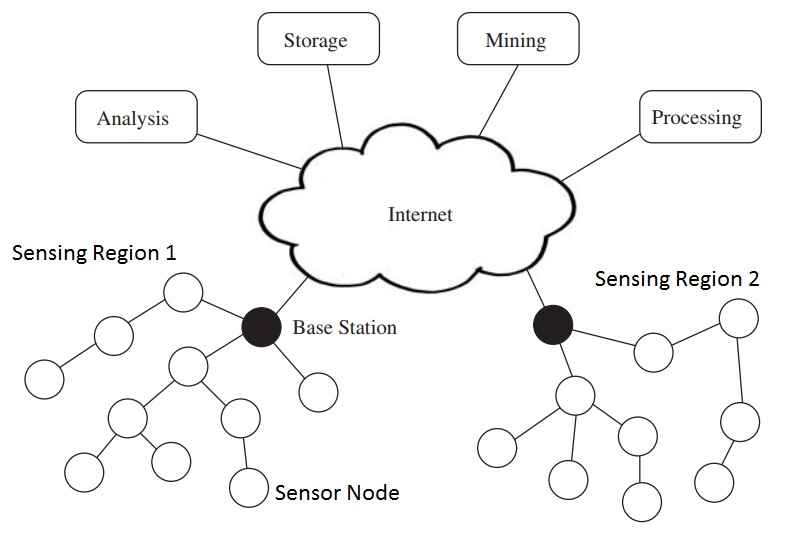
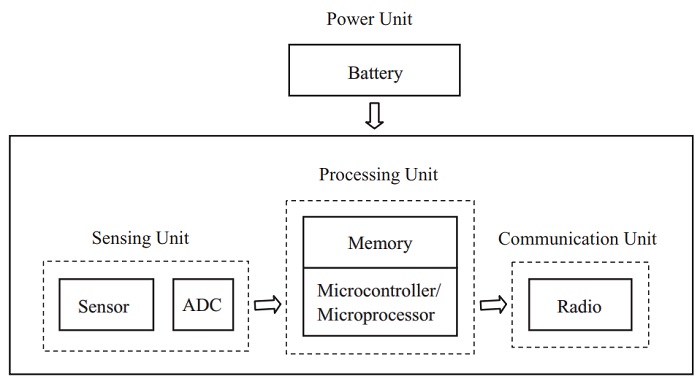
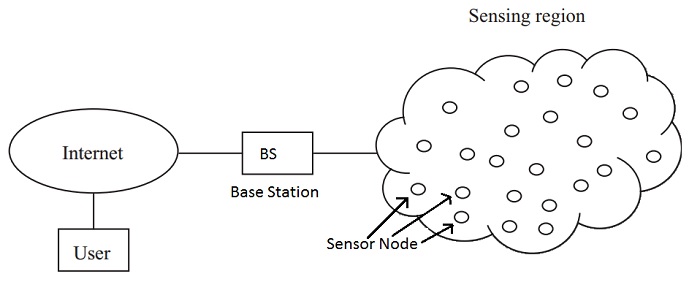
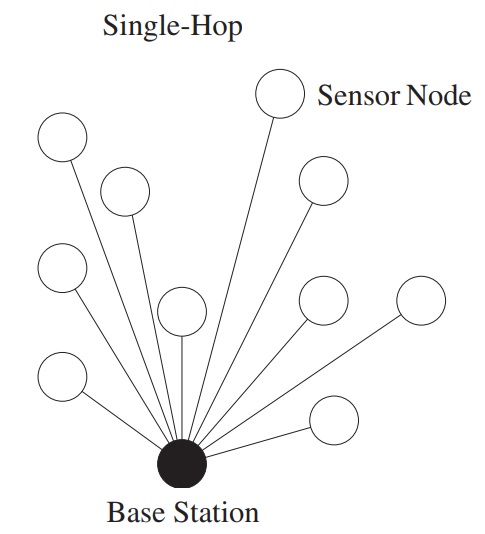
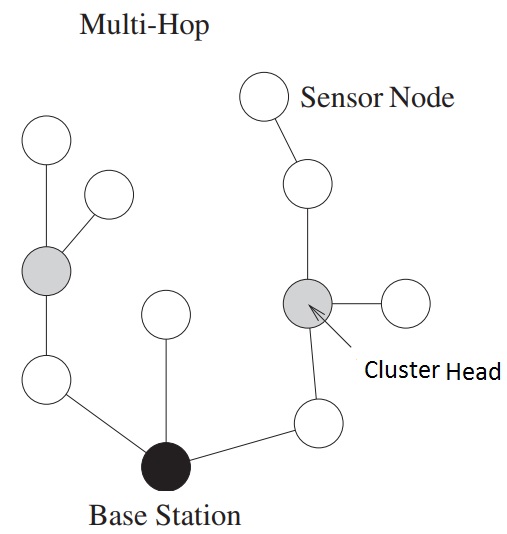
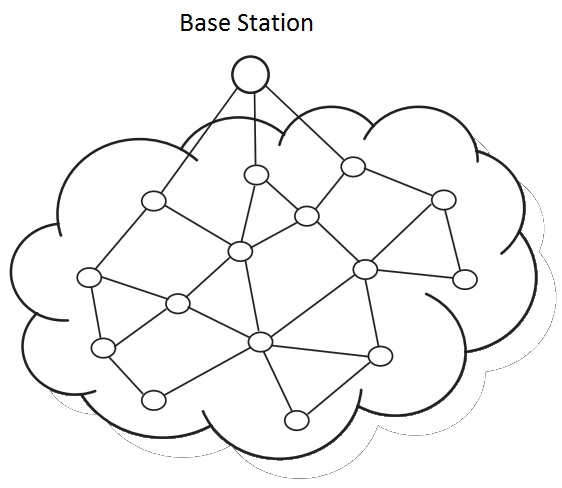
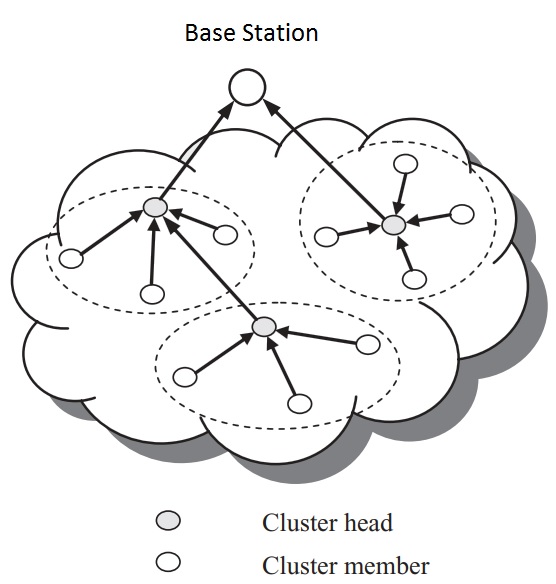
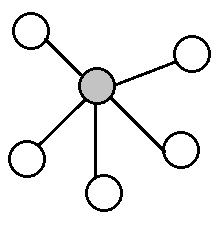
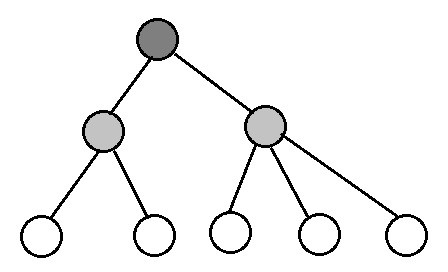
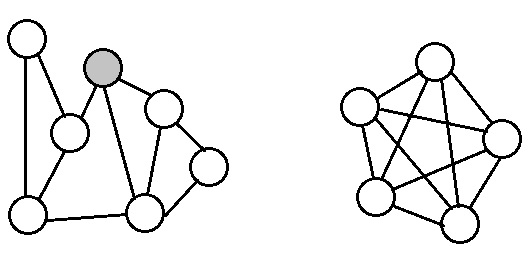


![]()